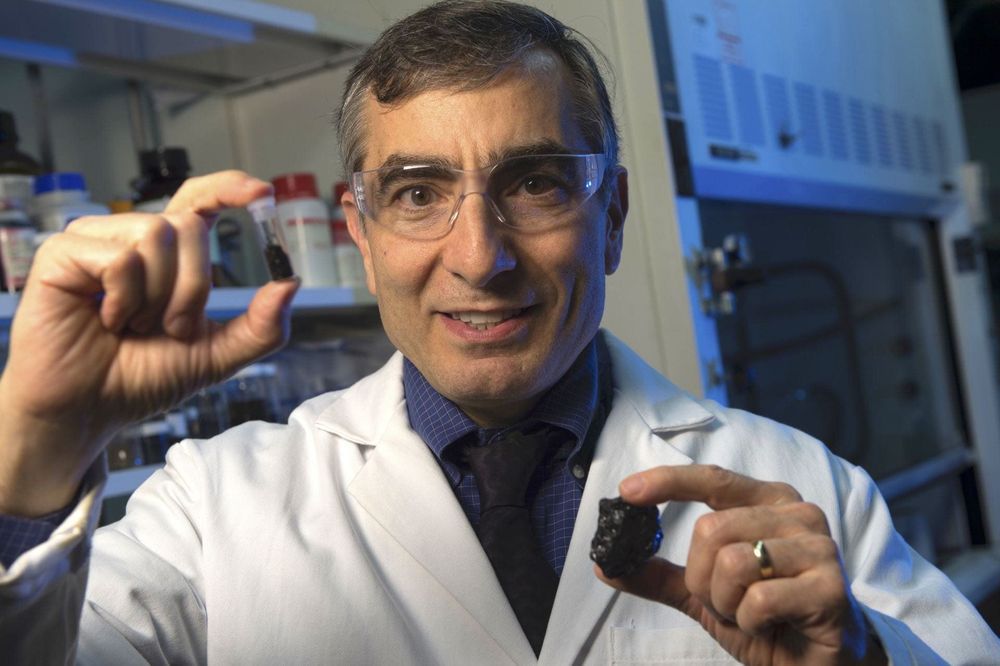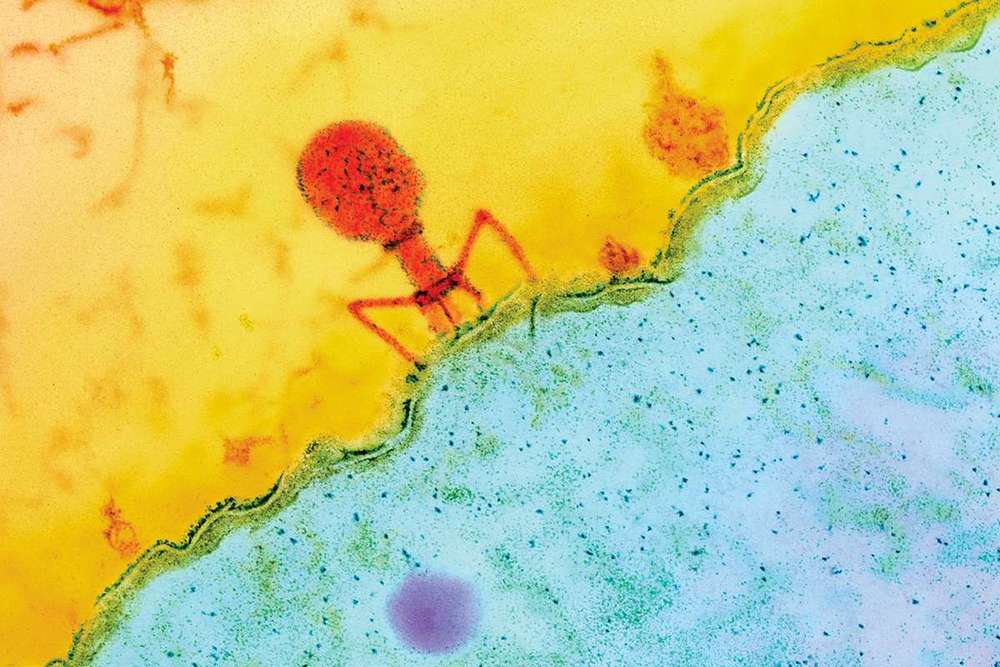Researchers say a new video game can tell researchers whether someone is at risk for Alzheimer’s disease.



Graphene quantum dots drawn from common coal may be the basis for an effective antioxidant for people who suffer traumatic brain injuries, strokes or heart attacks.
Their ability to quench oxidative stress after such injuries is the subject of a study by scientists at Rice University, the Texas A&M Health Science Center and the McGovern Medical School at The University of Texas Health Science Center at Houston (UTHealth).
Quantum dots are semiconducting materials small enough to exhibit quantum mechanical properties that only appear at the nanoscale.
German scientists create see-through ORGANS in a step toward 3D-printed parts that could be transplanted in the human body…
Researchers in Germany have created transparent human organs using a new technology that could pave the way to print three-dimensional body parts such as kidneys for transplants.
Scientists led by Ali Erturk at Ludwig Maximilians University in Munich have developed a technique that uses a solvent to make organs such as the brain and kidneys transparent.
The organ is then scanned by lasers in a microscope that allows researchers to capture the entire structure, including the blood vessels and every single cell in its specific location.


By Michael Le Page
People with incurable melanomas and brain or breast cancers are to get injections of tumour-fighting viruses.
The trial will test the safety of a virus that has been engineered to shrink tumours – an approach that holds promise for a range of cancers, including deadly brain tumours.
A state-of-the-art brain-machine interface created by UC San Francisco neuroscientists can generate natural-sounding synthetic speech by using brain activity to control a virtual vocal tract—an anatomically detailed computer simulation including the lips, jaw, tongue, and larynx. The study was conducted in research participants with intact speech, but the technology could one day restore the voices of people who have lost the ability to speak due to paralysis and other forms of neurological damage.
Stroke, traumatic brain injury, and neurodegenerative diseases such as Parkinson’s disease, multiple sclerosis, and amyotrophic lateral sclerosis (ALS, or Lou Gehrig’s disease) often result in an irreversible loss of the ability to speak. Some people with severe speech disabilities learn to spell out their thoughts letter-by-letter using assistive devices that track very small eye or facial muscle movements. However, producing text or synthesized speech with such devices is laborious, error-prone, and painfully slow, typically permitting a maximum of 10 words per minute, compared to the 100–150 words per minute of natural speech.
The new system being developed in the laboratory of Edward Chang, MD—described April 24, 2019 in Nature—demonstrates that it is possible to create a synthesized version of a person’s voice that can be controlled by the activity of their brain’s speech centers. In the future, this approach could not only restore fluent communication to individuals with severe speech disability, the authors say, but could also reproduce some of the musicality of the human voice that conveys the speaker’s emotions and personality.

A special focus on rogue proteins may hold future promise in stopping the progression of nerve cell destruction in people who have amyotrophic lateral sclerosis (ALS) or frontotemporal dementia.
ALS, a rare but devastating disorder that’s also known as Lou Gehrig’s disease, attacks the body’s nerve cells, resulting in progressive muscle weakness as the neurons degenerate over time. There is no cure. People with ALS eventually lose their strength and the ability to move their arms, legs and body.
About a third of those with ALS also develop frontotemporal dementia (FTD), a destruction of neurons in the brain that causes profound personality changes and disability. The two diseases are similar in both pathology and genetics. FTD tends to affect people earlier than Alzheimer’s disease, the most common type of dementia.

Using human cancer cells, tumor and blood samples from cancer patients, researchers at Johns Hopkins Medicine have uncovered the role of a neurotransmitter in the spread of aggressive cancers. Neurotransmitters are chemical “messengers” that transmit impulses from neurons to other target cells.
The work, described in the April 9 issue of the journal Cell Reports, found that this neurotransmitter, called N-acetyl-aspartyl-glutamate (NAAG) NAAG is more abundant in cancers with a tendency to grow and spread rapidly—or so-called higher grade cancers—than in lower grade tumors, making it a potential marker for tumor progression or regression during cancer therapy, the researchers say. The experiments also demonstrated that NAAG is a source of glutamate, a chemical that cancer cells use as building blocks to survive, in tumors that express an enzyme called glutamate carboxypeptidase II (GCPII). The group also discovered that stopping the GCPII from being active by using a drug called 2-PMPA to treat human ovarian tumors implanted in ovaries of mice, reduced tumor weights and glutamate concentrations.

O.o its prob gonna eat me someday :0.
Slime mould might easily be one of the strangest life forms on our planet. They are neither plants, animals, nor fungi, but various species of complex, single-celled amoebas of the protist kingdom. Sometimes they form colonies able to grow, move, and even exhibit a strange kind of intelligence.
Even without a nervous system, they are able to learn about substances they encounter, retaining that knowledge and even communicating it to other slime moulds. Now a team of scientists at the French National Centre for Scientific Research (CNRS) has figured out how: slime moulds actually absorb the substance into their veins.
Researchers at the CNRS’ Centre for Research on Animal Cognition conducted their experiments on a fascinating little fellow called Physarum polycephalum, a single-celled blob with multiple nuclei, and a popular candidate for studying slime mould intelligence. (Here you can see it navigate a maze. Cool!)